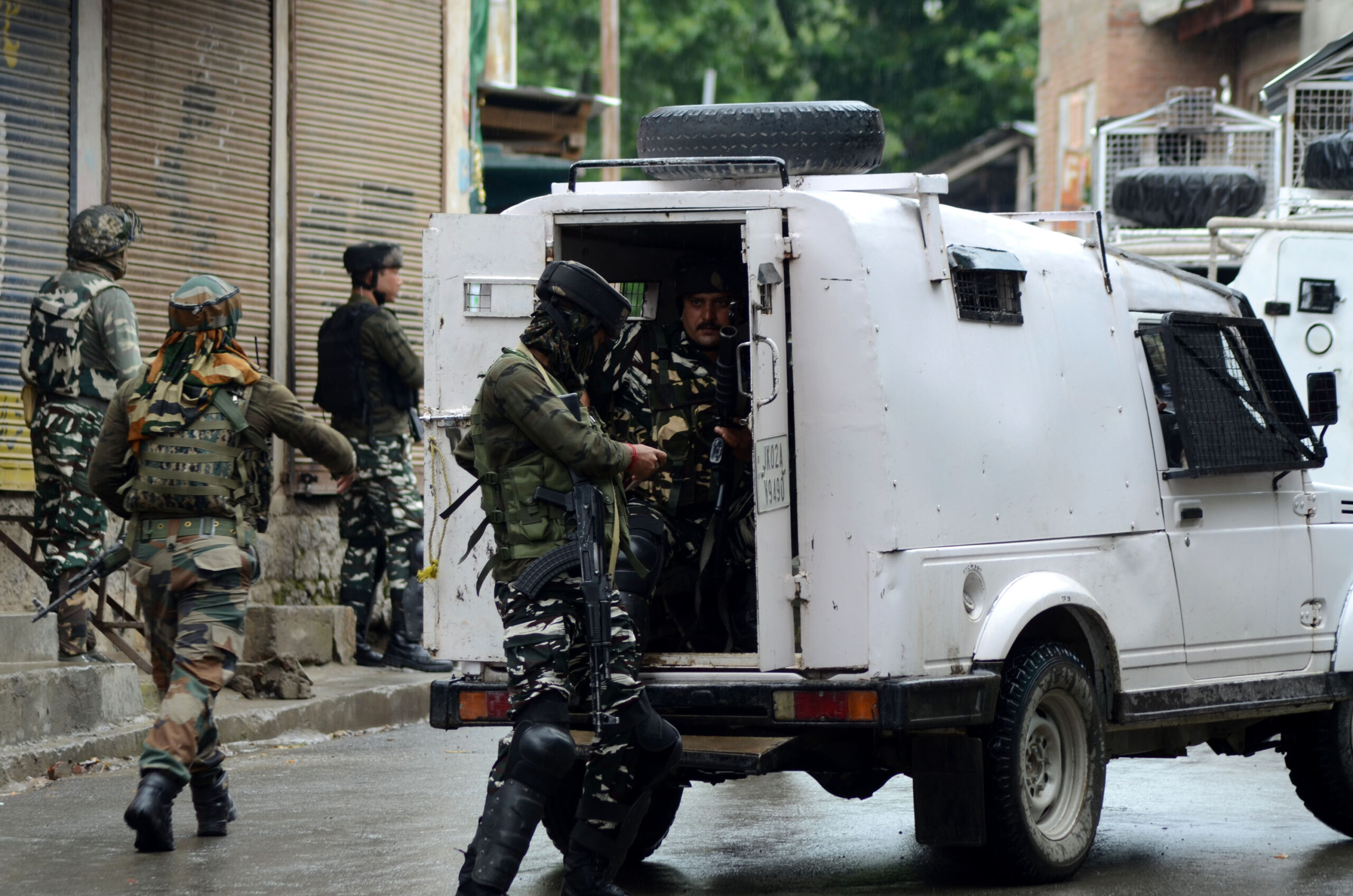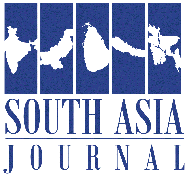
Retaliating to India’s coercive measures following the massacre of 26 tourists in Pahalgam, Kashmir, responsibility of which has been claimed by ‘The Resistance Front’ (TRF)- a group allied with Pakistani militant group Lashkar-e-Taiba, Pakistan has engaged in a tit-for-tat offensive against India alongside military preparations and tensions spiking along the LOC. Tensions mount with expulsion of each country’s nationals from the other, closing down the entry points at the border including airspace, cancellation of bilateral agreements such as Indus Water Treaty (1960) and Shimla Agreement and dwarfing the staff size of embassies among others. It is noteworthy that the Indian government declared TRF a “terrorist organization”, evincing its recruitment of rebels and smuggling of weapons from Pakistan into Kashmir in January 2023.
Changing the Tack
Uri, Pathankot and Pulwama attacks substantiated and defined the strategies adopted by the cross-border militant groups where military personnel and bases were the principal targets of the militant groups whereas killings of civilians continued to be the collateral damage. However, TRF has changed the tack by killing unarmed tourists this time flouting all humanitarian principles embedded in the ethics of warfare. Further, targeting the tourists clearly based on their religious beliefs and practices pointed to the religious rather than political dimension of terrorism in this case which perhaps pushed India to decide to transfer all the Muslim Pakistani migrants to Pakistan while retaining the Hindu Pakistanis in the territory.
TRF emerged in 2019 as a byproduct of revocation of article 370- Kashmir’s special constitutional status by the Indian government in August 2019 which brought the territory under India’s tight control and article 35 (A) was also abrogated to allow land owning rights and access to government-sponsored job quotas to non-locals. All the radical Islamic groups including TRF advocated that the actions of Indian government were geared at changing the demography in Kashmir by allowing inflows of Hindu population. TRF, in this context evolved from opposing the Indian government actions in social media later on to an armed group. The tourists who went to visit Pahalgam – mini Switzerland to enjoy its natural beauty had no plans to settle in Kashmir. Notwithstanding this fact, they fell victim to the sinister designs of TRF fueling further doubts about the motives behind such actions. India’s persistent allegations against Pakistan’s role in cross-border terrorism in various international forums have been officially corroborated by the admission of Pakistan’s Defense Minister Khawaja Asif in the media as to fact that Pakistan has a history of supporting, training and funding terrorist organizations as “dirty work” for the West, a mistake for which he said the country has been suffering. Pakistani admission to the sordid historical facts might be clever ways crafted to demonstrate that Pakistan has no role in this massacre. Second, the statements also paint Pakistan as a victim to the grand geopolitical designs of great powers. It could be one of the ways the country tries to deflect the perceptions of many state actors away from Indian versions of terrorism.
Busting the Narrative of Normalcy
India’s official position has been instability, sabotage and destruction of development infrastructure in Kashmir are part of Pakistan’s state-sponsored terrorism. In this case, flourishing tourism sector in Kashmir which became lifeline for many locals was targeted by Pakistan to further chaos and restiveness among locals. While the sector of tourism thrived on a narrative of normalcy that the Indian government promoted, the dastardly acts of killing tourists was designed to bust this narrative. According to many Indian strategists, TRF jettisoned an Islamic name for itself and included ‘Resistance’ in its name just to project itself as a group genuinely associated with the Valley’s nationalism whereas in reality the group armed itself and fostered acts terrorism and target killings as any other armed groups perpetuating cross-border terrorism with Pakistan’s assistance. Pahalgam was perhaps chosen by the group because of its “non-motorable and tough terrain in the forested area that provided cover and more opportunities and safety”. Like many other cases, these barbaric acts of terrorism point to intelligence lapses from Indian side which must have been sufficiently buttressed to support the Indian government’s narrative about normalcy.
Diversionary Strategy
Pakistan has been in the throes of economics woes and debts with rickety democratic institutions and American funding no more available following the its withdrawal from Afghanistan, the acts of terror seem to be desperate moves to divert the attention of Pakistanis to India’s coercive measures while claiming innocence for itself. Targeting the tourists could raise the level of India’s coercive measures close to warlike situations. Pakistan being a nuclear weapon power started saber-rattling to keep India from going to a war. Pakistan also labeled India’s cancellation of Indus Water Treaty as an act of war which was decided to put pressure on Pakistanis to rebel against the country’s policy by affecting its agriculture. As the treaty continued to operate amid so many regular and asymmetric wars, Pakistan perhaps believed the treaty would continue despite such barbaric and inhuman acts of terror. However, Pakistan perhaps calculated that it could open some sources of funding by inducing and compelling India by the circumstances to push both countries to warlike situations. Pakistan remained included in the ‘grey list’ of the Financial Action Task Force (FATF) for its failure in freezing assets of terror outfits which not only compounded its financial crisis by placing Islamabad’s banking and monetary transactions to global scrutiny but by shrinking sources of external economic assistance. Further, Covid-19 pandemic took a toll on its already teetering economy. Pakistan as a home to China’s mega infrastructure project ‘Belt and Road Initiative’ and ‘China and Pakistan Economic Corridor’ would expect robust funding from Beijing to guardrail its projects. Pakistan also can expect funding from other sources which share Pakistan’s projection of India’s abrogation of articles of 370 and 35 A as shrewd designs to change the demography of the Valley by highlighting the religious dimension that goes against native Kashmiris who are not inspired enough to buy the India’s narrative of economic development, employment and tourism. However, Pakistan’s diversionary tactics cannot serve real and long-term economic interests of the country as a confluence of factors like overreliance on Islamic radical groups for geopolitical influence, dependence on American military and development aid and allegedly diverting these to fund non-state actors (radical religious groups) and throwing weight behind Beijing more to promote geostrategic objectives than to meet economic needs under the CPEC project have systematically weakened Pakistan’s economy by taking away focus from development of sufficient indigenous base of economy.
